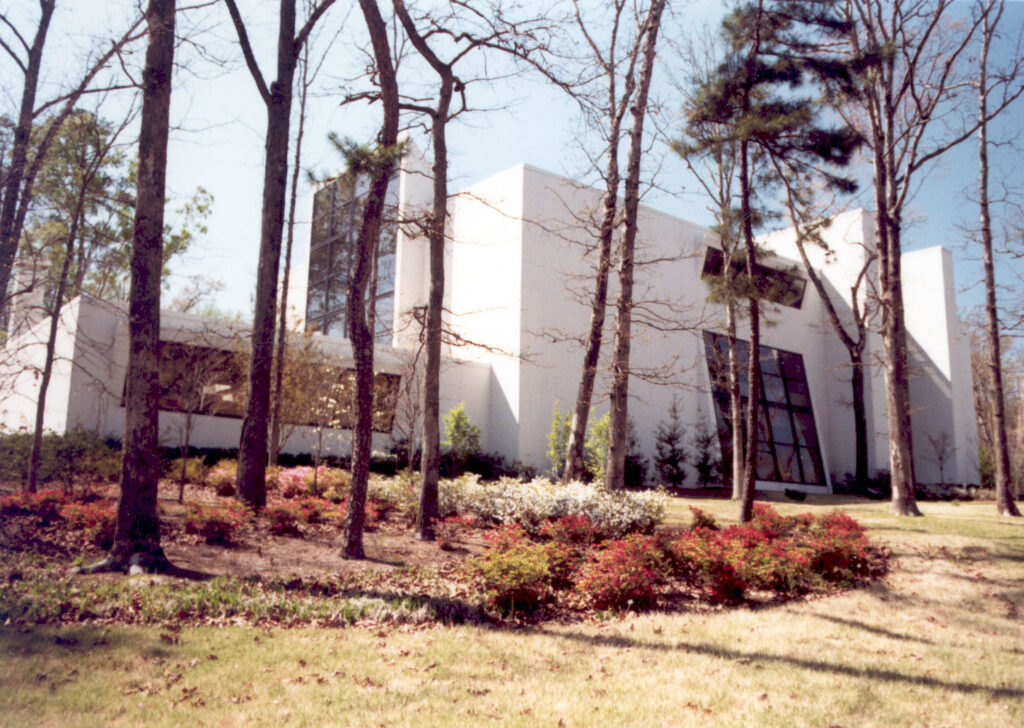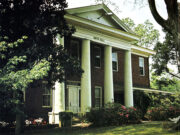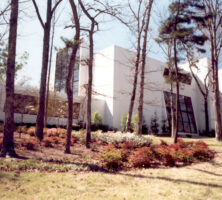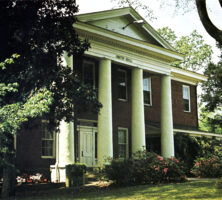LaGrange College evolved from the LaGrange Female Academy, chartered by the Georgia legislature on December 26, 1831. In 1847 the legislature changed the name to LaGrange Female Institute and gave the college the authority to grant degrees. An amended charter in 1851 read “LaGrange Female College.” In 1934 the institution officially became LaGrange College.
Located near the center of the city of LaGrange, in Troup County, LaGrange College is one of the few original academies for women that have grown into four-year accredited liberal arts colleges. Initially it was one of the earliest such institutions founded in the United States. For 122 years service to female education was unbroken. In 1953 the college became coeducational; in 1968 it integrated. Although Wesleyan College in Macon (originally Georgia Female College), chartered in 1836, was the first in the state authorized to grant degrees, LaGrange College has the prior date of origin as an educational institution for women.

LaGrange Female Academy opened for instruction in 1832, with Thomas Stanley, a Methodist clergyman, serving as its principal. He had previously conducted a school for girls at 406 Broad Street, called “The Stanley House.” One of the first students to attend the new institution was Eliza Frances Andrews, who later became a prominent writer and educator.
Major John Park took over as president in 1833, serving until 1842. The Montgomery brothers—Joseph, Telemachus, and Hugh—purchased the academy in 1843 and relocated it on additional property they had purchased, known as “the Hill” (the highest geographical site in LaGrange), in the fall of 1844.
The Montgomery brothers sold the properties to the Georgia Conference of the Methodist Episcopal Church, South, in 1857. After Wesleyan, LaGrange Female College became the second Methodist educational institution for women in the state. When Georgia Methodism divided into North and South Georgia Conferences in 1866, LaGrange Female College became the property of the Northern Conference of the present United Methodist Church.
The college campus consists of two sections, known as the Hill and Callaway Campus. More than twenty buildings and athletic facilities are located on approximately 120 acres. The oldest structure, the Smith Building, stands on the crest of the Hill and dates from 1842. The Ida Callaway Hudson Lab Sciences Building is the college’s newest building, completed in 2017.

In 2020 the faculty included over one hundred full and part-time members, and the school was home to almost 900 students from twenty-one states and five foreign countries, including both undergraduate and graduate students. A student-teacher ratio of 11:1 enables LaGrange College to maintain a tradition of small class size and student access to faculty.
Academic programs lead to degrees in liberal arts (A.A., B.A., B.S.) and to professional degrees in business (B.B.A., M.B.A.), nursing (B.S.N.) and education (B.A., M.Ed.). In the fall of 2000 LaGrange College adopted a modified semester system. The evening school operates on the quarter system of fall, winter, and spring sessions; summer school offers both day and evening classes. In addition, the college has a Center for Continuing Education.
Well-known alumni of the college include poet Bettie Sellers (in 1958) and writer Terry Kay (in 1959).








